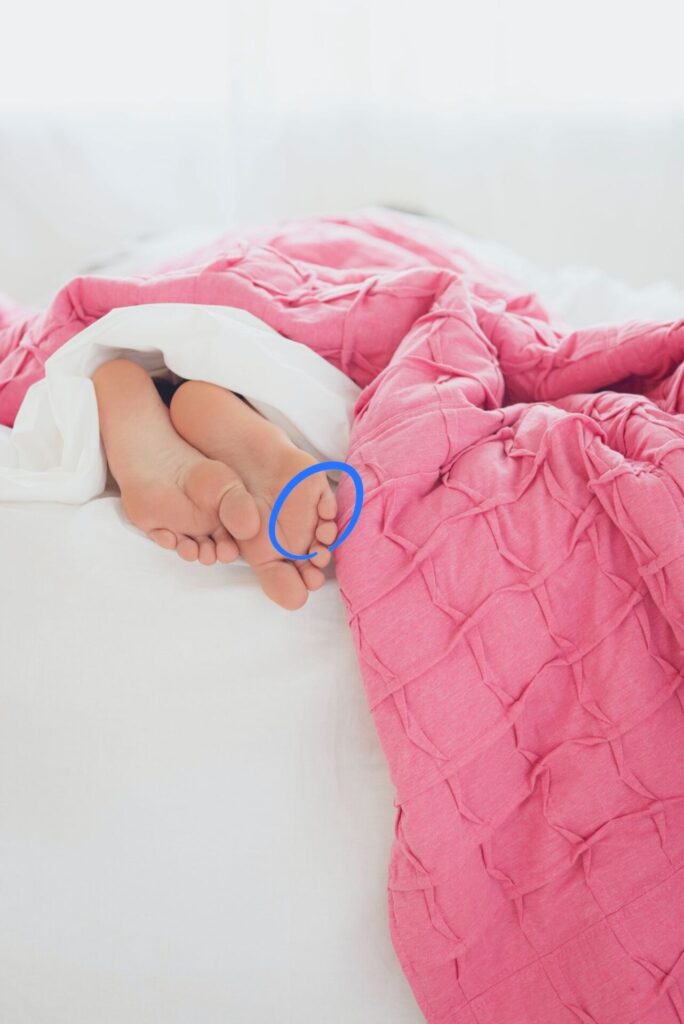What is Morton’s Neuroma? Here are some facts about this condition
Morton’s Neuroma is a painful illness of the nerve near the balls of your feet. It is also known as “Interdigital Neuroma”. The nerve becomes irritated and inflamed because it is compressed by the ligament (intermetatarsal ligament) that holds the two long bones (metatarsals) either side of it. This process leads to the formation of scar tissue around the nerve.
Morton’s neuroma usually occurs between the third and fourth toes of the foot. However, it can sometimes appear between other toe joint spaces. Morton’s neuroma is a very painful condition and it is completely benign. In the majority of cases, it occurs in middle-aged people, primarily women.
What are the Causes?
There are several factors that can contribute to the development of Morton’s neuroma. Some include:
- Entrapment because of the pressure from bones on either side of the nerve
- Poor foot alignment and function
- Bunion deformity
- Arthritis of the big toe joint
- Long metatarsal bones
- Flat feet
- High arch feet
- Trauma
- Certain conditions
- Excessive wearing of high heel shoes
- Tight/pointy footwear
Symptoms of Morton’s Neuroma
Morton’s Neuroma can feel like a lump or a rolled-up sock in the web space between the 3rd and 4th toes where it commonly appears. Less frequently it occurs in the spaces between the other toes.
It can also result in a burning pain between the metatarsal heads (balls of your feet) that extend into the toes. Patients may also experience numbness into these toes.
Treatment for Morton’s Neuroma
Helping alleviate your symptoms can often begin by having a good pair of well-fitting shoes fitted to your feet, that are wide enough and have a good toe box that doesn’t squeeze your feet and toes. A pre-metatarsal pad or dome is usually an excellent way to help lift and separate the bones in the foot, providing more space to the nerve. If your foot structure and mechanics are contributing to the problem and pain, a custom orthotic is commonly the most convenient and effective way to manage the problem. Sometimes, an injection of local anaesthetic and steroid is suggested to assist in settling acute symptoms – but this is not typically the first line of treatment.
Are you suffering from this condition? At The Chelsea Clinic, we can help. One of our podiatrist can assist and then recommend what treatments are best to get you back on track.  Podiatrist South Kensington
Podiatrist South Kensington
Schedule an appointment here or you may call us at +44 (0) 207 101 4000. 
We hope you have a feetastic day! 👣☀️
-The Chelsea Clinic and Team


 Podiatrist South Kensington
Podiatrist South Kensington


